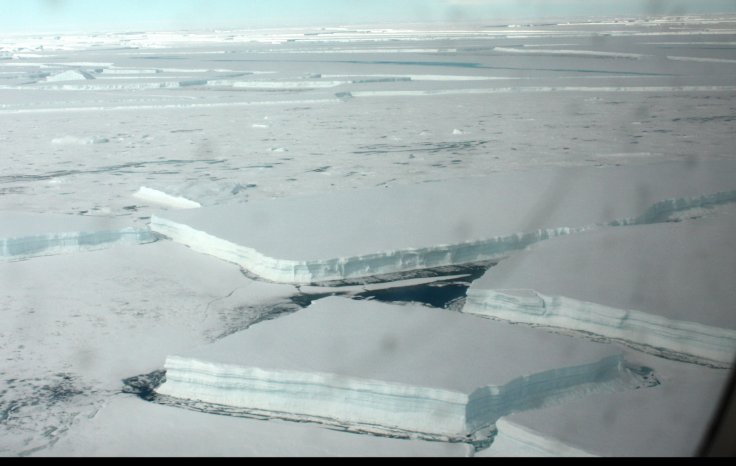
A new study report, published in the European Geosciences Union journal The Cryosphere, has suggested a plan very similar to the theme of a science fiction movie to prevent the global sea level rise. The new report talks about the vitality of building artificial walls under the ice sheets in Antarctica so that they will not fall apart causing a drastic rise in sea levels all around the globe.
The biggest geoengineering effort to stabilize the planet
Building artificial walls to slow down ice melt in Antarctica is widely considered the biggest geoengineering effort ever proposed to reduce the seal level. Scientists believe that the initial meltdown could be triggered at the Thwaites Glacier in West Antarctica, one of the most vulnerable glaciers. Some experts even speculate that the meltdown has already started in the Thwaites glacier which could contribute to the increasing rise of global sea level.
Michael Wolovick, a geoscience researcher at Princeton and the other author of the study reveals that the collapse of the Thwaites Glacier could increase the global sea level by three meters.
"Doing geoengineering means often considering the unthinkable," said John Moore, the co-author of the study and a climate scientist at Beijing Normal University and Finland's University of Lapland Arctic Centre in a recently issued statement.
The concept of propping up the ice sheets in Antarctica
The idea of building walls to protect the ice sheets in Antarctica seem effective on paper, but it is still unclear on how modern science will execute the plan on adverse Antarctica's conditions. The recent study report proposes to build support structures and walls underneath the ice sheets to prevent them from breaking apart due to the influx of warm water from below.
In the case of Thwaites Glacier, a large support structure is needed to prevent it from falling down considering its extreme width.
The simplest way by which an ice sheet in Antarctica can be protected is by sticking a series of thousand-foot mounds underneath. This method will support the glacier from falling down, and will also increase the chances of its regrowth.
The second method by which ice sheets can be protected is by building an actual wall below the ice sheets. Experts believe that such a project could elevate the survival chances of ice sheets by 70 percent over the next 1000 years.
However, authors of the study report revealed that the project is still in its theoretical stage, and admitted that ice sheet intervention is a concept that could test human possibilities.









